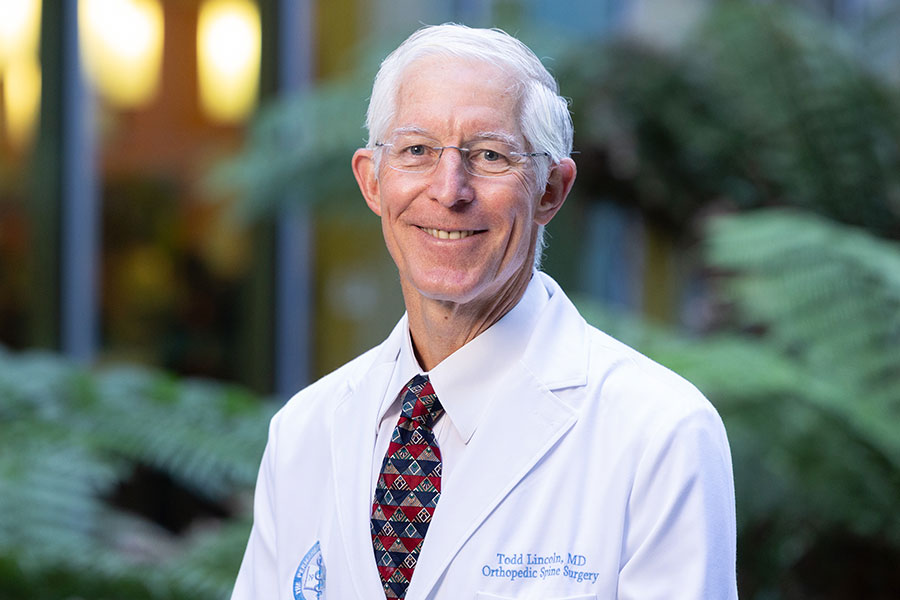The Sacramento Bee-November 15, 2017
In 2013, half of all Sacramento County infants who died in their sleep were African American, even though African Americans composed just 10 percent of the county population at the time. On Wednesday, Sacramento County supervisors learned that a concerted effort to reverse these tragedies appears to be working.
In 2015, the latest year for which there is data, African American infants represented 21 percent of the 14 babies who died in their sleep, according to a report from the Child Abuse Prevention Center.
The data were part of a larger review of child deaths in Sacramento, figures where African American youths and children are found in numbers disproportionately higher than they are represented in the overall population. In 2011, Supervisor Phil Serna assembled a blue-ribbon commission to look at ways to stem that tide. The commission found that, from 1990 to 2009, African American children represented 25 percent of all perinatal deaths, 30 percent of child abuse and neglect homicides and 32 percent of all third-party homicides in Sacramento County.
The group of experts wanted to put in place a support system that would eliminate preventable deaths for black children and youths, and it identified four causes of death where gains could be made: infant sleep-related deaths, perinatal conditions, child abuse and neglect homicides and third-party homicides. And, the Steering Committee on Reduction of African American Child Deaths in Sacramento County was created in 2013 to develop a strategies that would help, said Madeline Sabatoni, who works on this project at Sierra Health Foundation.
“Two of our steering committee members, Ethan Cutts, MD (from Kaiser Permanente) and Diane Galati, who’s a nurse from Dignity Health, they worked tirelessly to get sleep assessments in all of the hospital systems,” Sabatoni said. “You know how they say you have to have a car seat to take your baby home. Well, now they have someone who comes and asks you questions about how you’re going to sleep your baby, where you’re going to sleep your baby, and they go over the curriculum on infant safe sleeping practices.”
If you don’t have a safe place to sleep your baby, they will give you a crib, like a Pack ’n’ Play, Sabatoni said. While this program is not the only one helping to prevent infant sleep death, she said, it is one that was implemented by 2015 in hospital systems all around the region.
The “Safe Sleep Baby” steps from First 5 and the Child Abuse Prevention Center tell parents: Babies should always sleep alone, on their backs and in a crib. There should be nothing in the sleep area. Babies shouldn’t be overdressed, and no one should ever be allowed to smoke anything around the infant.
“They’re not doing this education just for African American moms who have babies in the hospital,” Sabatoni said. “They’re doing it for everyone. Every hospital system follows the same curriculum, and they’re all implementing it. … I had a baby in 2015, and I received this visit.”
In addition to this education initiative, the steering committee also engaged seven nonprofits – Roberts Family Development Center, Focus on the Family Foundation, Greater Sacramento Urban league, Sacramento Building Healthy Communities, South Sacramento Christian Center, Liberty Towers Church of the Nazarene and Mutual Assistance Network – in 2016 to take the lead on prevention and intervention in at-risk communities. And, through the Black Child Legacy Campaign, the committee is recruiting so-called cultural brokers, neighborhood residents who volunteer to help parents overcome challenges and navigate the system.
This article originally appeared in The Sacramento Bee






